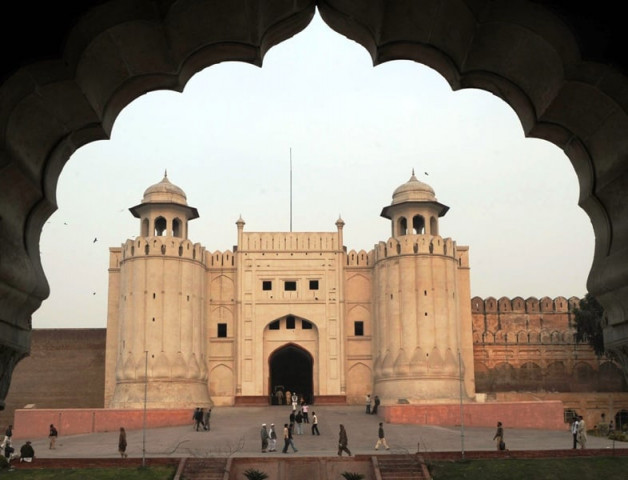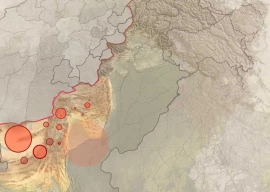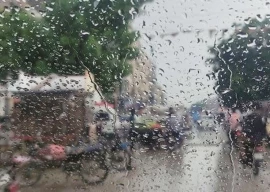
What is wrong with Pakistan’s economy?
Urban growth can be gauged from the fact that the United Nations estimates show that about 1 billion people are expected to move to cities by 2030. This calls for the need for sustainable urban development, which can improve jobs and offer better livelihoods for people. Amongst other factors contributing towards sustainable urban development, culture plays an important role. It is an essential component of safe, inclusive, resilient and sustainable urban settlements.
Recently, on April 18, the world celebrated the International Day for Monuments and Sites. The day underscored the importance of culture in sustainable urban development. Cultural endowments, such as traditional architecture, unique streetscapes and historical sites, have increasingly been recognised as important economic resources in both developed and developing countries.
Multilateral organisations, such as the World Bank, have recognised the importance of conserving and managing urban heritage. This is not only important for preserving its historical significance, but also for its potential to increase employment opportunities, city liveability and competitiveness. All these contribute towards eradicating poverty and ensuring shared prosperity.
Heritage conservation: Pakistan Chowk
A recent notable intervention to rehabilitate a landmark heritage public space is that of Pakistan Chowk in Karachi. Located at the junction of Stratchan Road and the historic Rambagh quarters (now Arambagh), the chowk was once known as the educational heart of Karachi, the location from where the famous DJ Science College and Sindh College Association began to operate.
Back in its glorious days, it was a centre of tourist activities and housed the busiest taxi and Victoria station in the city. However, over the passage of time it fell to decay and became a haven for drug addicts.
The rehabilitation project of Pakistan Chowk was led by architect and heritage consultant Marvi Mazher and her team. The aim of the rehabilitation was to make the chowk a sustainable and adaptive public space for the neighbourhood and local stakeholders.
The intervention included installing 32 benches with plaques of notable city residents (including founders, philanthropists and living heroes), planting of trees, installing lamp posts, dustbins and a history board.
Post-intervention measures have continued and the site now hosts art fairs and art classes by the Pakistan Chowk Water Color Society. Besides Pakistan Chowk, Marvi Mazher and her team are also involved in the rehabilitation of Cantt Railway Station and are campaigning on rebuilding the recently demolished Jefelhurst School. It is hoped that the rehabilitation would create a ripple effect and set an example for other public spaces in the old town to be revamped.
Culture and urban development
Infrastructure projects built to cater the ever-increasing needs of the city should be constructed in a manner to safeguard and preserve historical sites. This especially goes for the Orange Line Train in Lahore, which has been said to endanger the Shalimar Gardens and Chauburji monument.
17 predictions for Pakistan’s economy in 2017
Preservation of historic centres is important as they are assets for the development of urban communities, promotion of cultural industries and sustenance of tourism. These activities are imperative for the eradication of poverty and for creating income and employment for local communities.
Moreover, protecting heritage sites also goes a long way for promoting inclusion and safeguarding cultural diversity. This is crucial as cities face a host of migration pressures, both from within the country and from outside.
The writer is an economist and ex-central banker
Published in The Express Tribune, April 24th, 2017.
Like Business on Facebook, follow @TribuneBiz on Twitter to stay informed and join in the conversation.











1728386780-0/BeFunky-collage-(38)1728386780-0-270x192.webp)






COMMENTS
Comments are moderated and generally will be posted if they are on-topic and not abusive.
For more information, please see our Comments FAQ